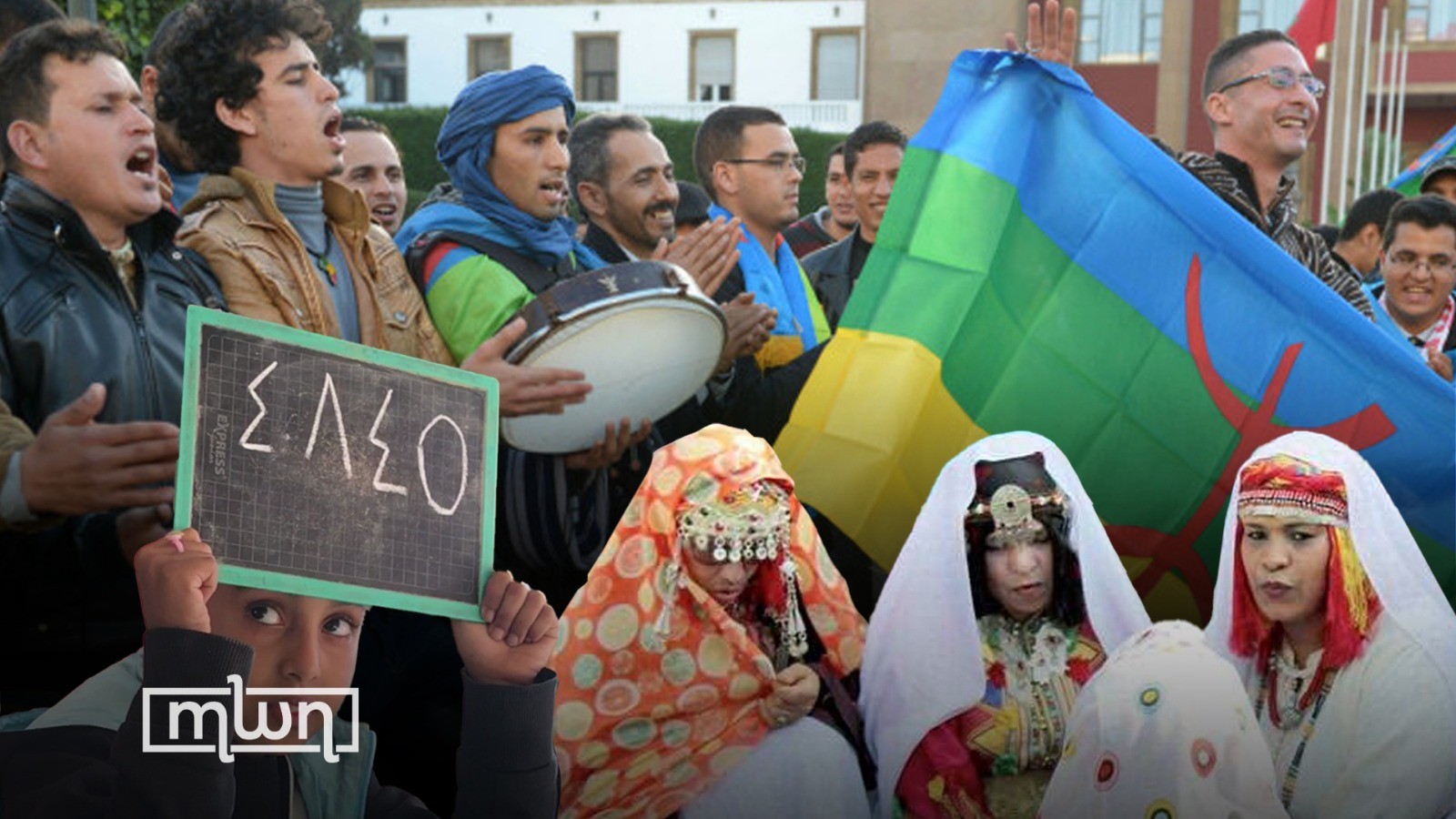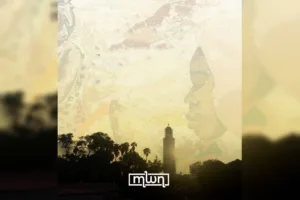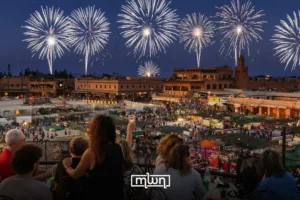Rabat – In Morocco, where cultural richness converges with evolving global dynamics, the nation is currently grappling with crucial decisions regarding its language policy. The Ministry of Higher Education and Scientific Research’s recent emphasis on elevating English within the education system, is indicative of Morocco’s ambitious stride towards internationalization.
This shift in linguistic focus in Morocco stems from a recognition of the global predominance of English in fields such as international communication, research, and scientific endeavors. The ongoing debate surrounding the potential introduction of English as the primary medium of instruction, surpassing French, is not merely a linguistic decision but a nuanced exploration of identity, power, and historical legacies.
On one hand, there are those who see this proposed linguistic shift as a strategic move to break free from perceived neo-colonial influences, especially regarding France. The idea here is to redefine Morocco’s educational landscape by aligning it more closely with the global currents where English stands as a lingua franca.
Concurrently, academics argue that such a linguistic transformation could serve as a catalyst for a broader internationalization strategy that goes beyond the confines of academia. They envision a Morocco that not only communicates globally in English but also actively participates in the broader discourse on the international stage.
However, beneath the surface of this linguistic discourse lies a silent concern raised by Amazigh activists. Their worry is not merely about replacing one colonial language with another, but rather the potential sidelining of Tamazight, North Africa’s indigenous language. Their narrative introduces a crucial perspective to the linguistic debate, emphasizing the importance of preserving linguistic and cultural uniqueness amid the winds of change.
For Amazigh activists, this linguistic discussion echoes historical processes of Tamazight’s displacement justified by the nation’s need to evolve—first through Arabization and more recently through the adoption of French. Their apprehension of linguistic assimilation and the erosion of the cultural distinctiveness of Morocco’s Amazigh population, adds layers of complexity to the ongoing dialogue.
A critical glance at Tamazight’s current reality in Morocco reveals a paradox. Despite constitutional recognition, regulatory laws, and significant financial allocations for infrastructure, Tamazight seems to be in a state of stagnation. Ahmed Assid, a prominent Amazigh activist, points to its treatment as an optional language, hindering its official and public use.
The historical trajectory of Tamazight, once the sole language of Morocco and the Maghreb, presents a poignant narrative. Influenced by external forces, particularly Arabization, it transitioned from a primary language to a dialect spoken mainly by the eldest. Its recognition in the 2011 constitution as a second official language and the revival of the Tamazight writing system (Tifinagh) are undoubtedly positive steps. Yet, the disconnect between official efforts and the language’s integration into public life persists.
The concerns raised by Amazigh activists are not unfounded. There is a fear that the proposed emphasis on English, alongside Arabic and French, may further marginalize Tamazight. This linguistic competition, coupled with media representations that often cast Tamazight as the language of the ‘bedouins’ and illiterate people, raises questions about the language’s place in Moroccan society.
Moreover, the high-stakes competition between Arabic, French, and English as symbols of power, prestige, intellect, and modernity puts Tamazight at a disadvantage. The demographic decline in Tamazight speakers, from 85 percent in 1975 to 27 percent in 2014, as reported by the Moroccan High Commission for Planning, underscores the urgency of addressing the language’s endangered status.
Inadequate efforts in teaching and learning Tamazight, treating it as an optional extracurricular subject, further diminish its relevance. The scarcity of textbooks and parental resistance to teaching a language deemed unnecessary in today’s globalized world, contribute to the endangerment of Tamazight.
The impossibility of standardization poses yet another challenge. Tachlhit, Tamazight, and Tarifit, which are distinctive varieties spoken in different regions, represent unique identifiers for their speakers. Standardization, often seen as a threat to tribal identities, adds another layer to the intricate dynamics of language preservation.
Zooming out to a broader context, the implications for minority languages in Morocco are closely tied to global phenomena like nationalism, the nation-state system, and most recently, globalization. The proposed transformation in Morocco’s language policy aligns with the nation’s aspirations for internationalization. However, the risk lies in blindly adopting global North models, potentially perpetuating neocolonial power dynamics.
While internationalization through English as the medium of instruction holds undeniable benefits, a nuanced and localized approach is paramount. Morocco can leverage its indigenous Amazigh heritage not just as a casualty of linguistic evolution but as a potent tool for internationalization.
Imagine the establishment of Amazigh-focused academic institutions, offering programs that not only provide education but also celebrate the rich cultural, historical, and linguistic aspects of the Amazigh identity. Such institutions, by attracting global students interested in studying indigenous languages and cultures, can contribute significantly to the internationalization of Morocco’s academic landscape. Partnerships with Tribal Colleges and Universities (TCUs) worldwide could foster global academic mobility and indigenous research, bridging the gap between linguistic preservation and internationalization.
In conclusion, Morocco stands at a crossroads where linguistic decisions intersect with questions of identity and global aspirations. A balanced approach is essential, recognizing the concerns of Amazigh activists and safeguarding Tamazight’s invaluable contribution to Morocco’s rich cultural tapestry. The challenge lies in navigating this linguistic terrain with sensitivity, preserving linguistic diversity, and ensuring that Morocco’s internationalization journey respects and celebrates its roots.
Read also: Morocco’s Multilingual Amazigh: The Pursuit of Languages Amid Fight for Recognition
















